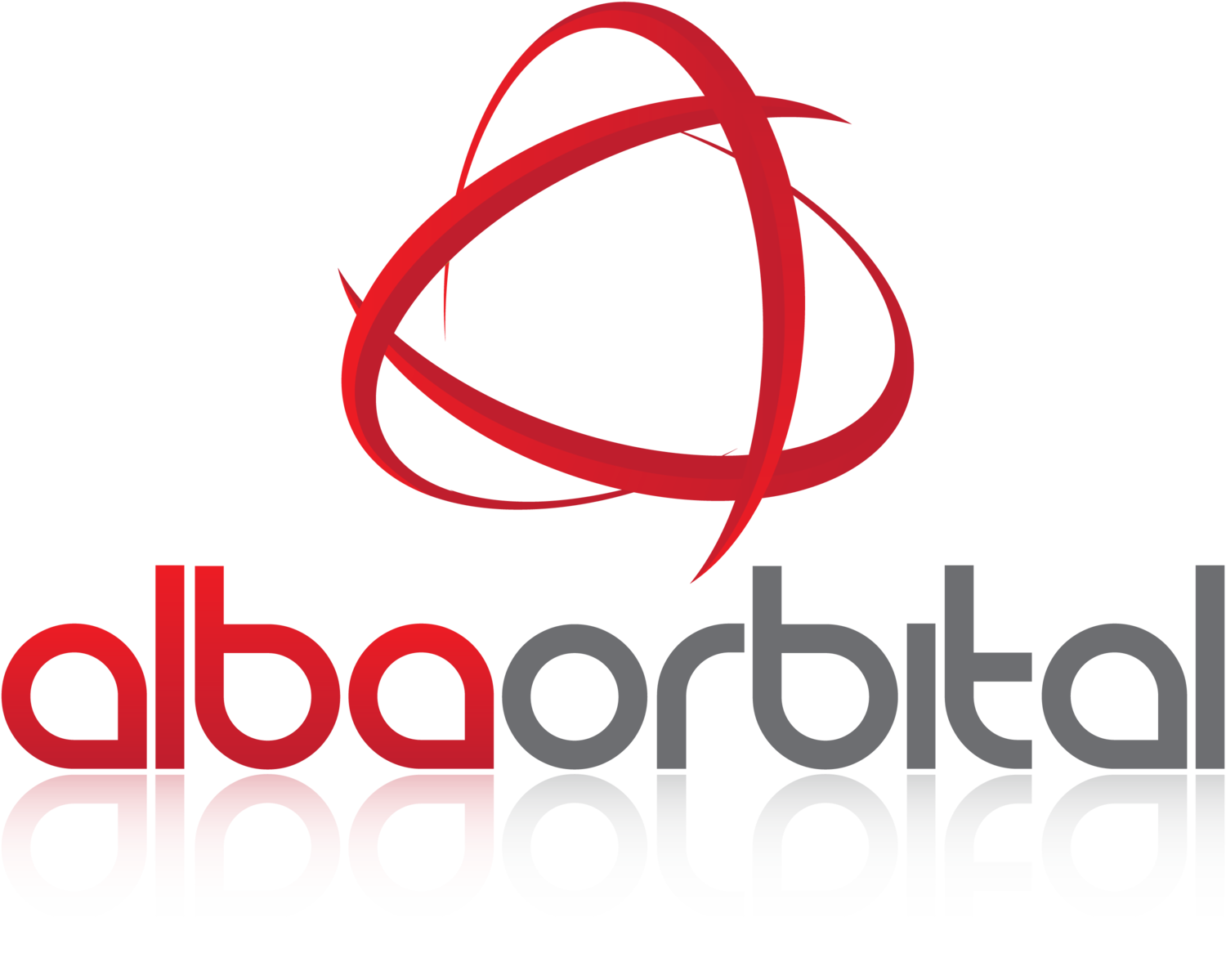9 Payload ideas for your PocketQube Satellite
August 12 2014
What is a PocketQube?
PocketQube Satellites were originally proposed by Morehead State University professor Robert Twiggs. Prof Twiggs is the creator of the popular Cubesat form factor. PocketQubes are standardized 5cm cubes which can be stacked to create larger spacecraft. They are a relatively new concept, building on the large consumer electronics supply chain.
These tiny structures, which contain all the electronics, are the building blocks of any satellite. Larger satellites such as Cubesats also use off-the-shelf components, which help by reducing failure rates and the hassle of building custom parts.
What payloads have already been used on a PocketQube?
QubeScout S1: Fine Sun Sensor
QubeScout S1 was designed and built by the University of Maryland. It flew a test fine sunsensor developed in UMBC LACO lab and intended to determine the dynamic attitude of the QubeScout platform and monitor the change in rotation of QubeScout as a function of changing moment of inertia during solar panel/de-orbiter.
T-LogoQube: CZT Array
This pocketqube was designed and built by undergraduate students at Sonoma State University and Morehead State University. The approach taken on designing the subsystems bus for the pocketqube is to integrate a circuit with a Pic18F25K22 processor along with circuitry that contains components that will measure values such as: battery current and voltage, on-board temperature and radio and processor, solar panel voltage, current and temperature, and external temperature providing telemetry for the satellite and space environment monitoring. The initial plan was to fly a CZT array to measure X-rays. In the end, the payload did not fly.
WREN: Camera, 3 Axis Reaction Wheel, Pulsed Plasma Thrusters
WREN is a crowd-funded femto-satellite by start-up company STADIKO to test miniaturized thrusters, 3-axis control and a new image based navigation system. It is equipped with a camera system to take pictures of the Earth, Sun and Deep Space. In addition to the conventional gyro- and magnetic field attitude sensors, those three components will constitute an adaptive feedback guidance system.
$50sat: No payload
$50sat (also known as Eagle-2) was successfully launched and is still operational. The concept for the satellite is to see if a micro-radio transceiver, the HOPE RFM22 is sufficient for transmitting and receiving data from a satellite in orbit. The main data payload is transmitted as FSK RTTY which should be readily heard on the ground with basic amateur radio equipment.
$50sat was the most successful PocketQube and is currently still operational. The team decided to keep things simple and not fly a payload.
Link: http://www.50dollarsat.info/
What are the PocketQube applications currently in development?
OzQube-1: Camera
OzQube-1 is Australia’s first pocketqube project, which is being developed by Stuart McAndrew. It is a 1P pocketqube that will host a camera as the payload.
Website: http://ozqube-1.blogspot.co.uk/
Arduiqube: Sensor Suite, LED Beacon
Arduiqube is the first South American P1 pocketqube. It is meant as a testbed to test vital and attitude parameters of a pocketqube satellite. It will fly a suite of sensors as well as a LED beacon, which it is hoped will be visible from the ground.
BME-1: Spectrum Analyser
BME-1 is currently being designed and built at the Technical University of Budapest, following their successful launch of cubesat Masat-1. It will accommodate a spectrum analyser to measure the man-made electromagnetic pollution (electrosmog).
Keep up to date with PocketQube, join our mailing list!
Email Address
___
What are some possible future PocketQube payloads?
Inter-satellite communications
Most satellites can only communicate with the ground and this limits its their potential range of applications. For small swarms of satellites to be truly affect, satellite-to-satellite communications must become viable. This could be done on a PocketQube.
De-orbit technology (active/passive)
Space junk is obviously a bad thing and keeping lifetimes in orbit to a minimum is really important for smallsat folks to develop ways of re-entering quickly after their mission goals have been accomplished. Both active and passive methods need to increase their TRL levels to be widely adopted, PocketQube could do this.
Imager
A picture of earth has never been taken from something as small as a PocketQube. But that does not mean that it is not possible. In fact it really is doable and there will be a race to see who can capture this milestone first.
Hopefully we haven’t scared you off PocketQubes too much, but if you want to know more then drop us an email contact@pocketqubeshop.com and we can help discuss your first/next satellite project. You can scout out your new PQ hardware here.
If you found this blog useful, please share it!
___
Keep up to date with PocketQube, join our mailing list!
Email Address
___









